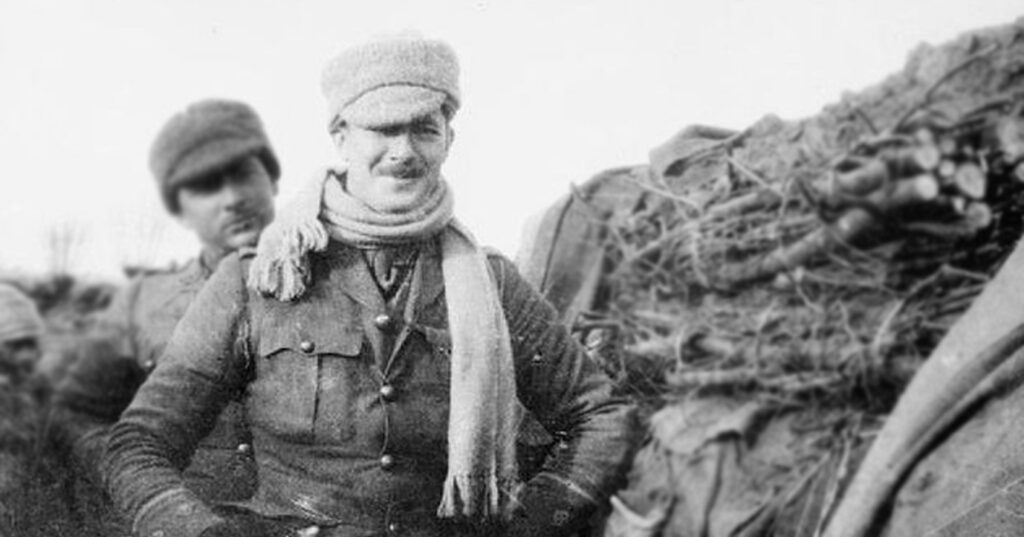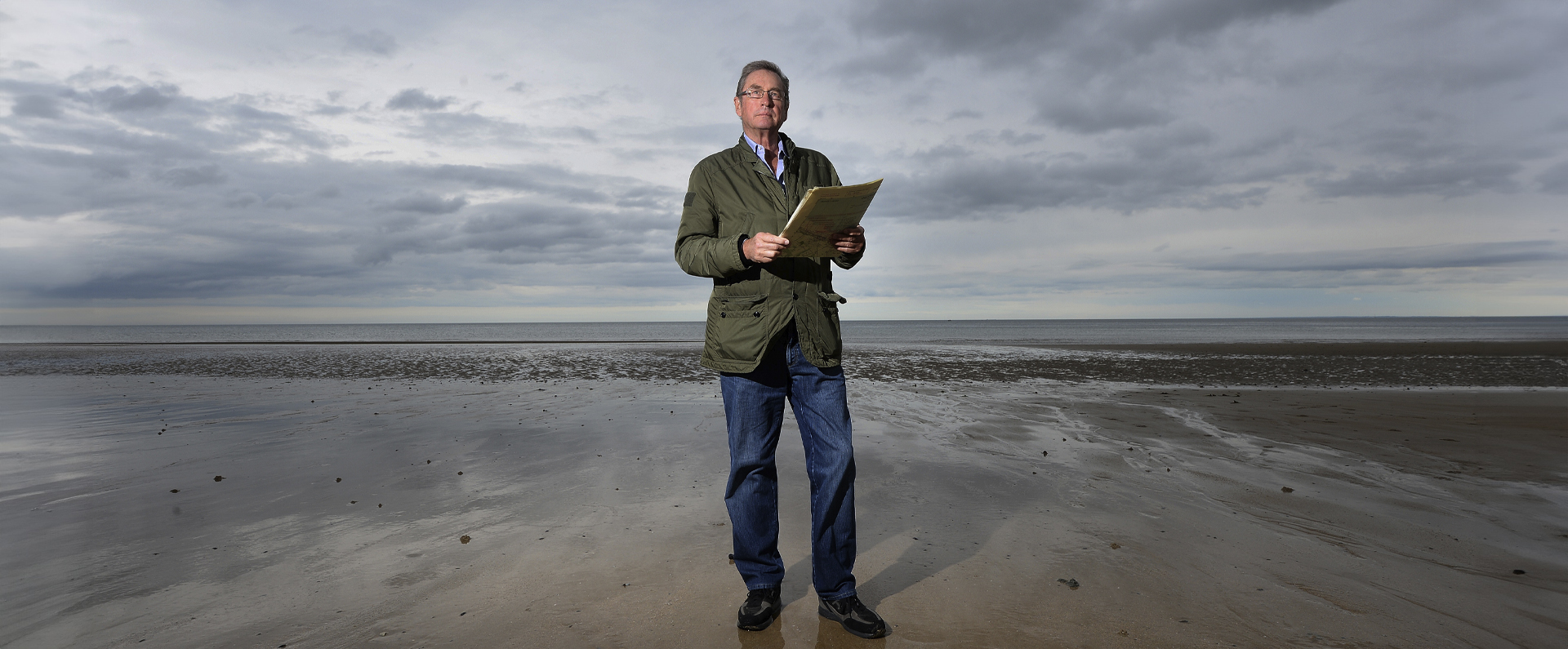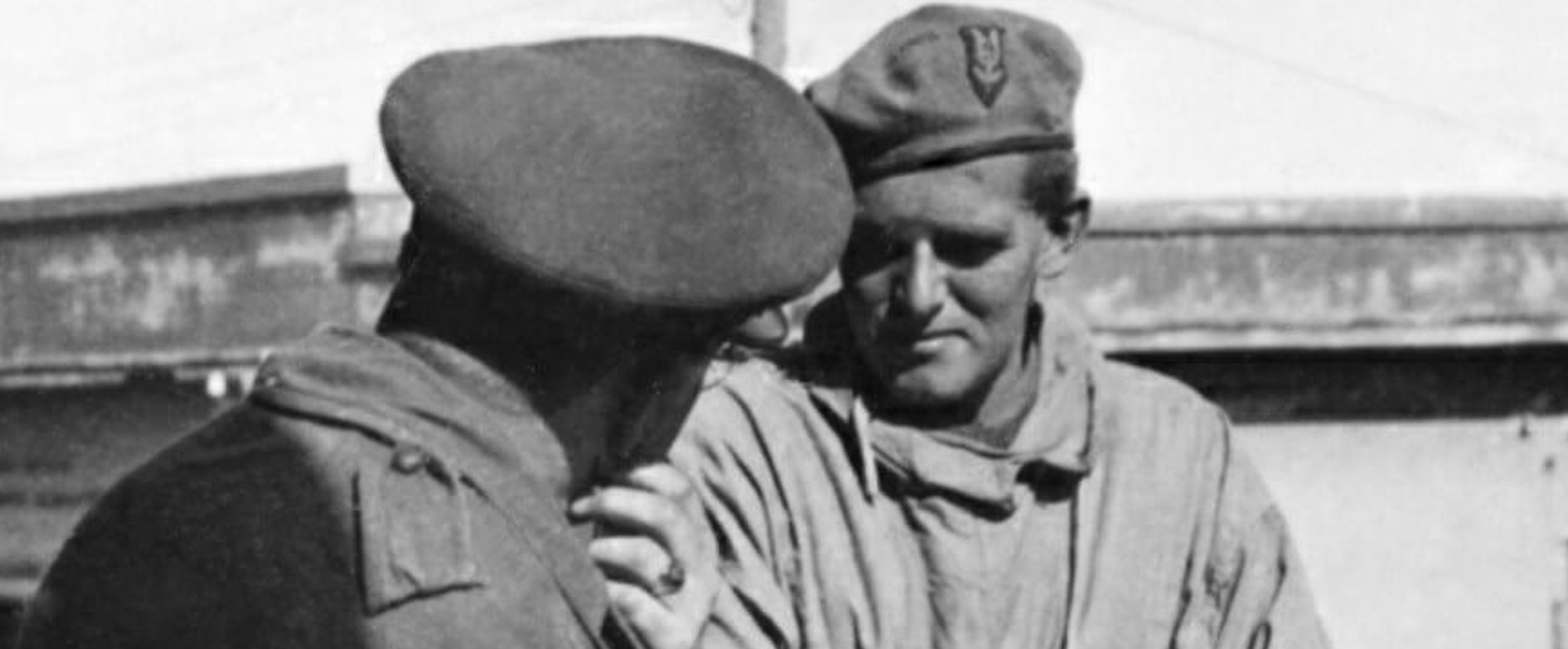
Published in Britain at War August 2015.
Captain John Aidan Liddell: endurance
John Aidan Liddell was born in Newcastle-upon-Tyne on 3 August 1888. The eldest of five children, he was educated at Stonyhurst College, Lancashire, and, later, Balliol, Oxford. Known to his family and friends as “Aidan”, he earned the nickname of “Oozy” at school because he was always messing around with engines and chemicals. An early interest in astronomy meant that in 1906 he accompanied his father to Spain to witness a total solar eclipse. At Oxford, he took a degree in zoology, obtaining first class honours.
In 1912, and “not wanting to be a slacker”, he joined the Special Reserve of Officers of the 3rd Battalion, Argyll and Sutherland Highlanders. The following year, Lidell took up flying, a pastime that was still in its infancy and was fraught with danger. He obtained his Aero Certificate in 1914 – as a private pilot.
Liddell was promoted to lieutenant in July 1914 and captain the next month, when hostilities began. In early September, he was twice given the job of burying the dead, writing in a letter home that life was “nothing except noise and unpleasant smells and sights and jobs”. By mid-November, he was noting in his diary that he had gone a month without a bath and seven weeks without a change of socks in the wet trenches. Yet, Liddell was a dedicated and brave soldier: one comrade told how Liddell had saved his life by helping him when he was wounded.
His battalion was finally relieved on 11 December after he had spent forty-three consecutive days in the line. His efforts had been noted, though, as he was Mentioned in Dispatches. Two weeks later, he was present at the famous unofficial ceasefire on Christmas Day, writing to his old college: “Most of our men and officers, including myself, went out and met them half-way, where we exchanged smokes, newspapers, and various souvenirs for over an hour.”
In January 1915, while on a week’s leave in England, Liddell learned he had been awarded the Military Cross for his bravery with the Machine-Gun Section. However, after rejoining the battalion, his frail health gave way and he was evacuated to England. After a period of recuperation, he transferred to the Royal Flying Corps. Training at three British air bases followed, then he left for France on 23 July 1915 to join 7 Squadron at St Omer. Liddell flew his first sortie on 29 July and his second, with Second Lieutenant Richard Peck as his observer, two days later.
The men took off in an RE5 aircraft on a reconnaissance mission shortly before midday and arrived over Ostend at 5,000 feet. Heading for Bruges, they were suddenly fired on from above by a German bi-plane. Peck returned fire with his Lewis gun, but then the RE5 lurched forward and rolled on to its back: one of the bursts of fire had ripped through the side of the rear cockpit. Worse still, a bullet had hit Liddell’s right thigh, exposing the bone, and the pilot had fallen unconscious with shock. The aircraft began to drop to the ground as all loose objects in the cockpit whistled past Peck’s head.
When the aircraft had fallen 3,000 feet, Liddell regained consciousness and righted it. However, the control wheel was half shot away and the throttle was shattered. Liddell, by now behind enemy lines, could either land and face inevitable imprisonment or try to make it back to the Allied lines.
He chose the latter option and, for half an hour and in severe pain, Liddell flew his aircraft to safety, holding the broken control wheel in one hand and operating the rudder cables with the other. When they reached La Panne airfield, Liddell made his approach on full engine power because of the broken throttle, then switched it off before touchdown. He made a perfect landing, then refused to allow a group of Belgian airmen to move him until a doctor arrived. While he was waiting, he tied a tourniquet to stem the flow of blood and made a makeshift splint, and when he was finally lifted from the battered aircraft he even managed a smile for a waiting photographer. Later, staff at La Panne hospital battled to save his injured leg.
Liddell’s courageous deeds were well reported in Britain and he received many distinguished visitors while in hospital. On 3 August – his twenty-seventh birthday – he wrote a typically optimistic letter to his mother, saying he was being “pampered”. He also made light of plunging towards the ground in his plane: “I was waiting for the bump, when suddenly I thought it might be a good thing to straighten her out and try and recover flying position….” He quoted a letter he had received from a Major Hoare, praising his actions: “You have set a standard for pluck and determination which may be equalled, but certainly will not be surpassed, during this War.”
Unfortunately, Liddell’s cheerful optimism was misplaced. His blood poisoning (septicaemia) had spread and, as his condition worsened, resulting in his leg being amputated. However, his mother managed to see him shortly before he died on 31 August 1915, just eight days after the announcement of his VC. After his death, the Argylls issued a statement saying: “We all feel as if the light has gone out, the light of our Battalion.” More than a thousand people wrote letters of condolence to his parents.
His VC was presented to his father by George V at Buckingham Palace on 16 November 1916. Today I feel privileged to own this courageous man’s medal group, having purchased them at a Spink auction in London in 1997.
Download a PDF of the original Britain at War article
For more information, visit:
LordAshcroftOnBravery.com


